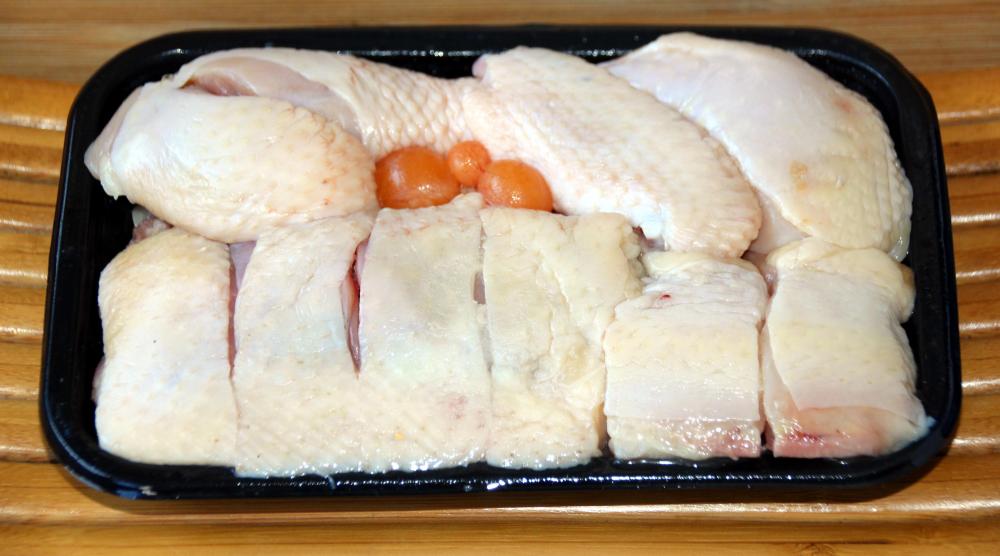Caterina de’ Medici (1519 – 1589) was Queen of France from 1547 to 1559 by marriage to King Henry II and was mother to the next three French kings (although she really ruled in their name). Apart from her reputation as a cruel, murderous tyrant which earned her the sobriquet ‘the black queen', she also has a reputation for being something of a gourmet and having introduced several foodstuffs, cooking techniques and even the fork from her native Italy to the French court and from there to the masses.
The problem with that is that it is mostly nonsense. France had been absorbing influences and foods from Italy since long before she was born. Her own father-in-law ran among the Italian elite and sampled the best Italy and France had to offer. The Romans probably introduced the fork into what was then Gaul, which became modern France. But still the myths persist.
Among which is one, reported by Guliano Bugialli in 'The Fine Art of Italian Cooking (eG-friendly Amazon.com link)’, which says she so enjoyed one dish that she nearly ate herself to death on it. Cibreo is a rich Italian sauce, but so much more. Very different from the familiar Italian sauces, it is a riot of poultry offal. Bugialli gives a recipe which includes chicken’s crests, combs, wattles, livers, testicles, and unlaid eggs.
from The Fine Art of Italian Cooking
What, you may ask, are unlaid eggs. Well, almost every time I go to the market or buy a whole or half chicken, I find unlaid eggs. Before laying her eggs, the hen has to make the things. At first only the yolk is formed and only later the shell and white form. If the bird is slaughtered during this process the yolks can still be inside. In most western farms, they will be removed before the chicken is put on sale in order not to upset anyone’s sensibilities. However, in certain parts of the world they are valued. I know they are here, but apparently they were, too in Renaissance France and Italy.
The yolks are thicker and richer than in a full-term egg. They are excellent for thickening sauces which is how they are employed here, but can also be added to soups, stews or hotpots
Supermarket Chicken with Unlaid Eggs
I’m sure Bugialli’s recipe is a fine one, but this is one of those dishes that every cook makes slightly differently. In fact, maybe no one makes it exactly the same every time. It’s a use whatever bits of the chicken you have dish! Most recipes today, leave out the unlaid egg or, at best, substitute a laid egg yolk. Here is another very different recipe.
The sauce can be served with pasta or with bread, toasted or not.







